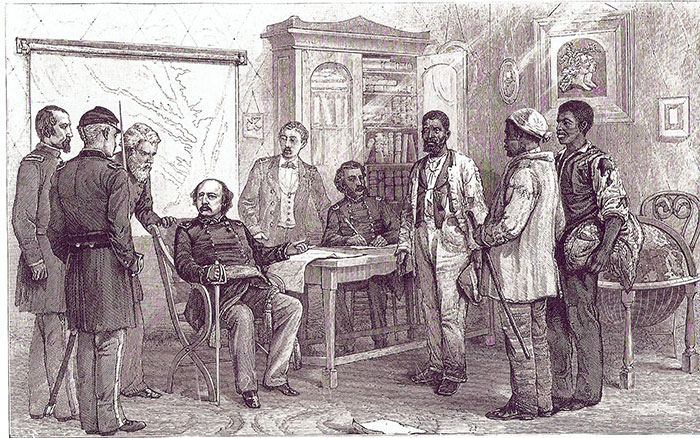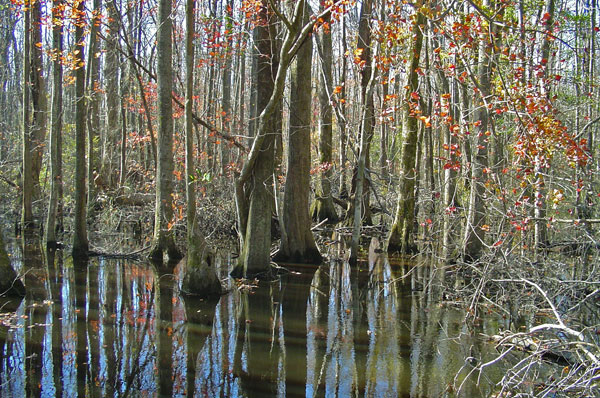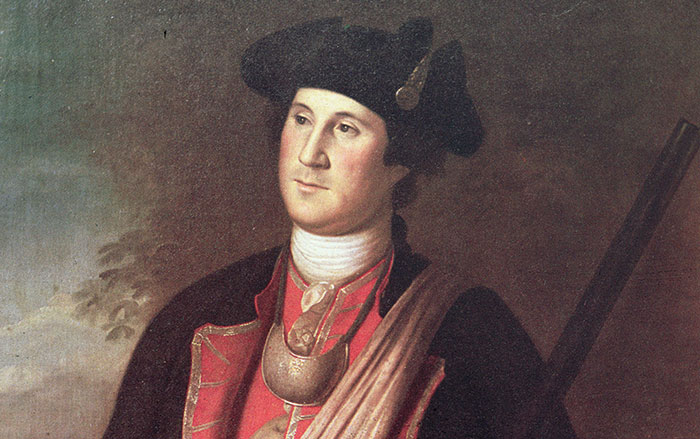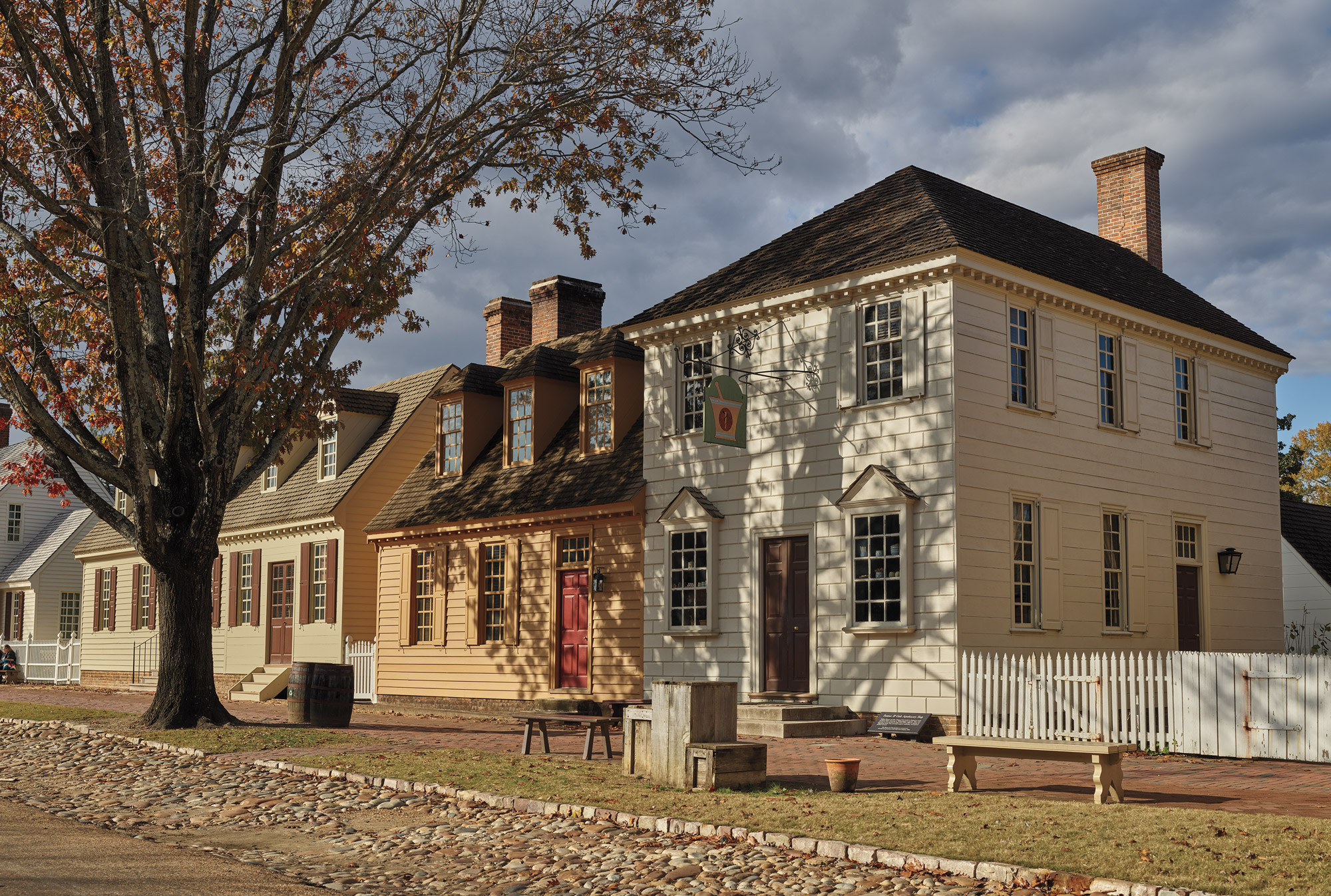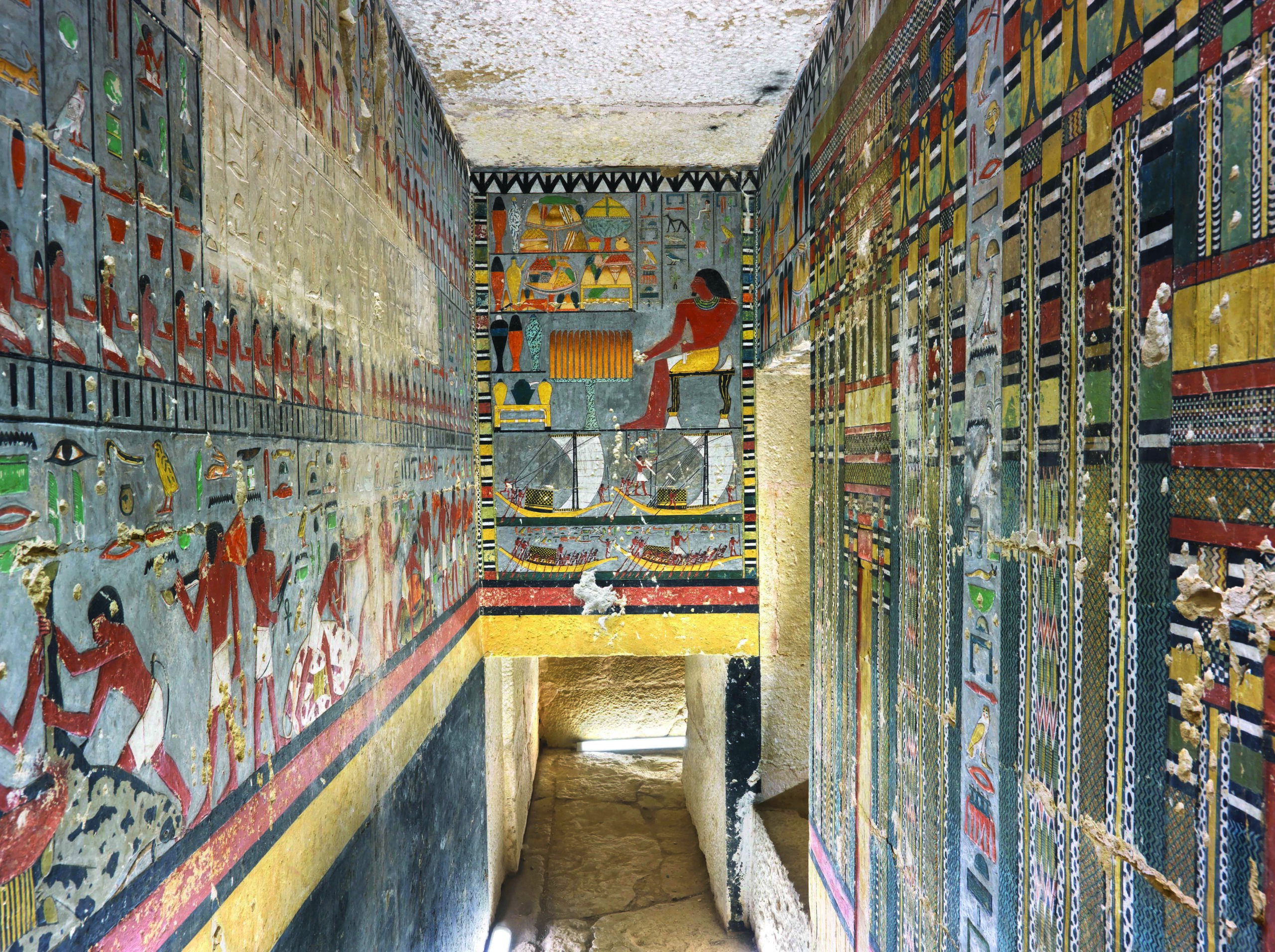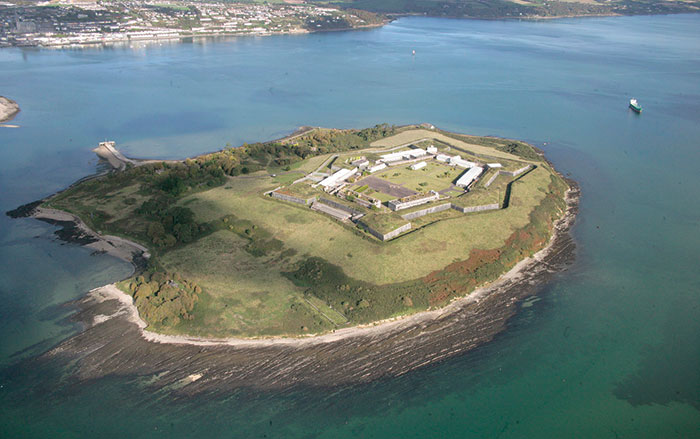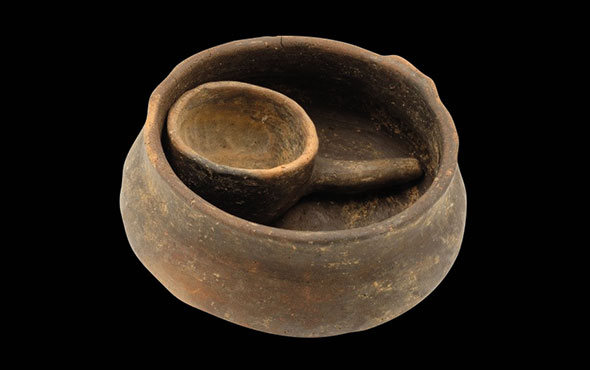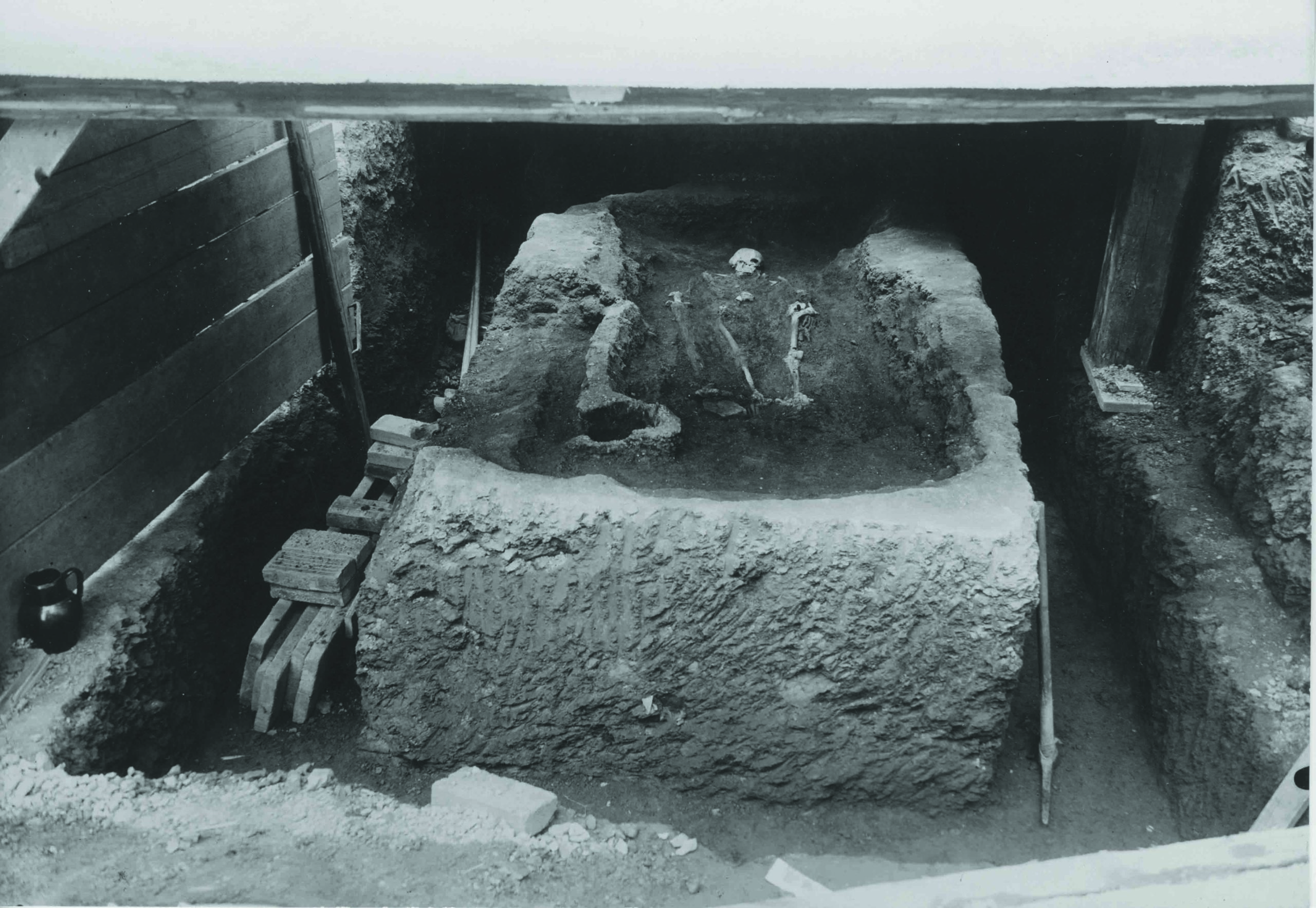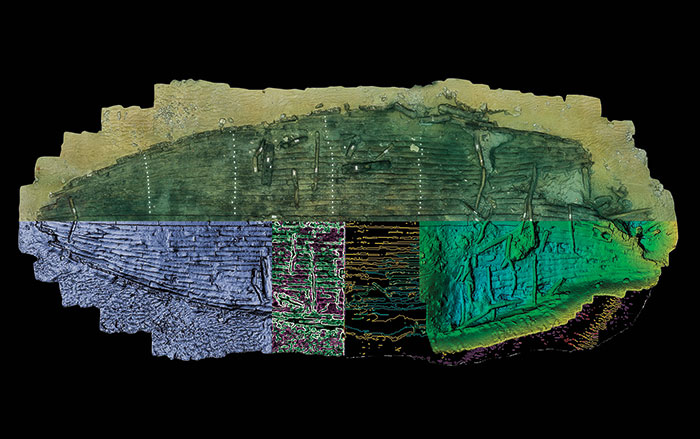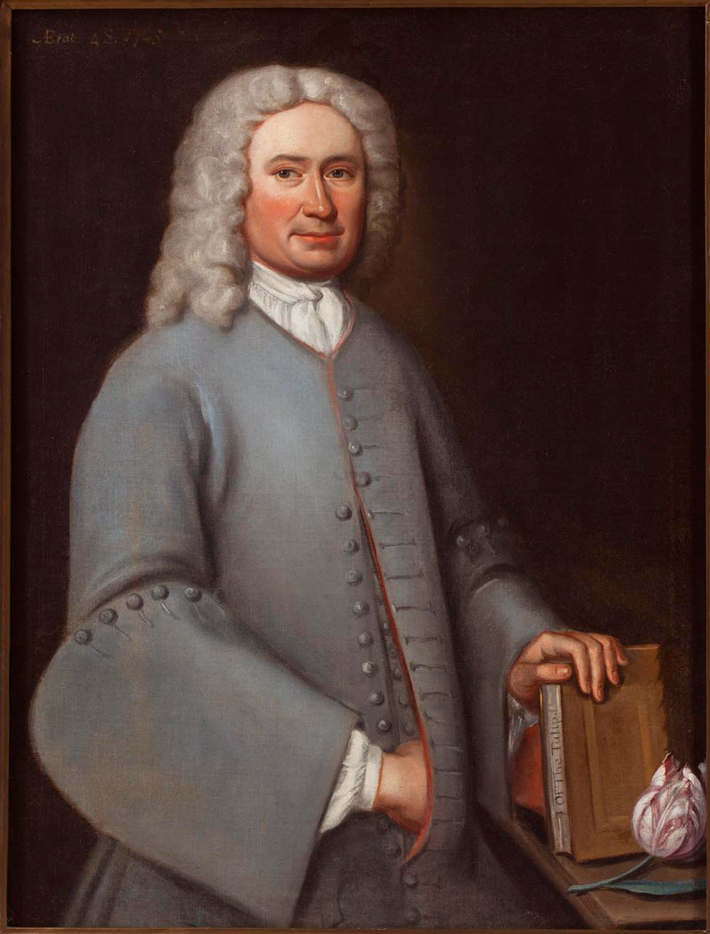
WILLIAMSBURG, VIRGINIA—The Daily Press reports that archaeologists led by Jack Gary are using remote sensing techniques to look for traces of the gardens at the eighteenth-century home of John Custis IV, who lived at the corner of Francis and South Nassau Streets in what is now Colonial Williamsburg. A wealthy plantation owner, Custis was a member of the royal Governor’s Council. Although the house on the property was discovered in the 1960s, archaeologists at the time decided to preserve its landscape for future study. Gary and his colleagues will look for soil stains marking the locations of past plants, and analyze historic pollen samples in an effort to identify them. In addition, Gary explained that Custis kept records of what he grew and wrote about his gardens in his correspondence, which will help the researchers to recreate the historic landscape. The team members will also look for evidence of enslaved people who lived at the site. “Custis owned over 200 enslaved people, primarily on his plantations, but some of them did live here,” Gary said. “We want to make sure that part of the story is told out here.” To read about a tombstone preserved within Jamestown's church that may have belonged to colonial Virginia governor George Yeardley, go to "Knight Watch."


